Lesson 13 - Japanese schools
Now that we know most of the basics, now it's time to learn about the Japanese school system and other things relating to education. To someone not in school, this topic may seem unimportant but it is good to at least brush on the topic. Japanese school can be quite different from American schools, especially since they end in March and begin in April, with a spring break in between. They also get a summer break and a winter break like we do, but the Japanese believe schools should start in spring, when everything is anew.
Japanese children begin school at the age of six. Most children go to preschool or kindergarten, which is called youchien, before the age of six. Even in kindergarten, the children wear uniforms. At age six, they enter shougakkou, or the primary school. They spend the next six years in shougakkou learning hiragana, katakana, and the basic 800 kanji as well as the same subjects you would see in American schools. Most children are already taking English lessons when they end shougakkou.
After shougakkou is chuugakkou, which is like our middle school or junior high school. Students are allowed to legally leave school after chuugakkou, but most decide to go on to the next school at age fifteen to koutougakkou or high school. After high school, 37% of Japanese students go on to daigaku or the university. This is a very important time in a student's life. Once you reach daigaku, the pressure of school is lessened and you are allowed to enjoy life more.
Before you enter the daigaku, school is very tough and Japanese students are under a lot of pressure. Their parents give them high expectations, so they strive to always do well. Because of this, cram schools called juku are scattered around Japan to study more. In addition to school and juku, Japanese students still have to do a couple hours of homework. Their schedule makes many students tired.
Because of the large class sizes in Japanese schools, there is not much "hands on" work. For example, in science class, a teacher would perform the experiment in front of the students instead of letting the students do it themselves. Students also never leave the classroom; the teachers come and go. All classes are performed in the same classroom as well as lunch.
Now that you know about the schools, we will move onto the objects of the classroom.
| Japanese | Romaji | English |
|---|---|---|
| 幼稚園 | Youchien | Kindergarten |
| 小学校 | Shougakkou | Primary school |
| 中学校 | Chuugakkou | Elementary school |
| 高等学校 | Koutougakkou | High school |
| 大学 | Daigaku | University |
| 塾 | Juku | Cram school |
